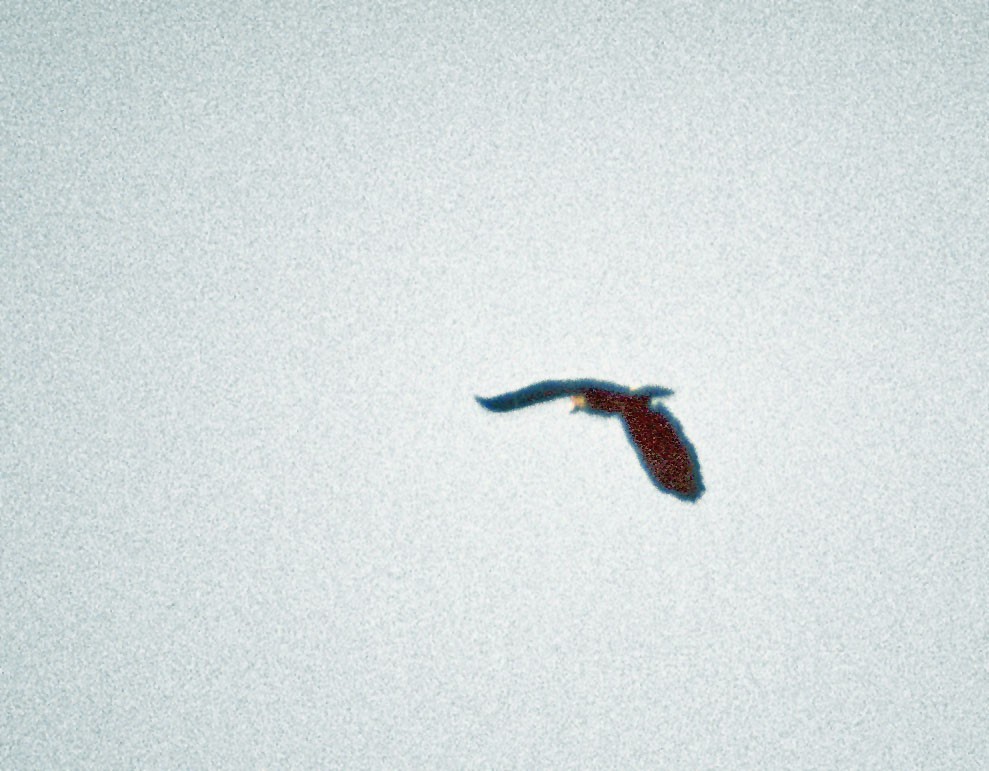Imperial Amazon
A species of Amazon parrots Scientific name : Amazona imperialis Genus : Amazon parrots
Imperial Amazon, A species of Amazon parrots
Botanical name: Amazona imperialis
Genus: Amazon parrots
Content
Description General Info
 Photo By Don Roberson
Photo By Don Roberson Description
The imperial amazon measures an average of 48 cm (19 in) in length. With males weighing an average of 900 g (32 oz) and females 650 g (23 oz), the species is large for its genus. Being of the family Psittacidae, the sisserou has zygodactyl feet and a thick, hooked bill with a muscular tongue. This bill is fashioned in such a way that, using its hinged mandibles and tongue, the sisserou can easily move food around in its mouth. Males and females have identical plumage: the chest is a dark shade of purple, and the upper parts and feathers are a dark shade of green, with black-edged feather tips. The eye-ring is dark brown, with the eye being a mix of orange and red. Juvenile appearance does not differ much, with a higher occurrence of green plumage and strictly brown eyes. 
Size
45 cm
Feeding Habits
The sisserou's diet consists of fruits, seeds, nuts, berries, blossoms and palm shoots. Their favorite foods include the fruits of Dacryodes species, Licania ternatensis, Richeria grandis, Amanoa carboea, Simarouba amara, Symphonia globulifera, Pouteria pollida, Tapuru atillan, the flowers and seeds of Chimarcis cymosa, and the nuts and young shoots of Euterpe palms. Usually, they feed in the morning and evening. 
General Info
Behavior
The call of the sisserou resides in the higher frequencies, a loud and even "squeaky" mix between shriek, squawk, and trill. They are shy, difficult to approach, and usually travel in groups of three or fewer. They sometimes flock together with red-necked amazons. They are good climbers and strong flyers with powerful wings. They prefer to perch on the tops of trees. They are difficult to detect, as they are well camouflaged by their plumage. 
Distribution Area
The imperial amazon is endemic to the Caribbean island nation of Dominica in the Lesser Antilles where it inhabits mountain forest areas above 2,100 ft (625 m). It is the island's national bird and also appears on the country's flag. The species frequently occurs in the Morne Diablotins in northern Dominica, especially the upper Picard River Valley on the northwest side of the mountain. A small population has been reintroduced in the Morne Trois Pitons National Park. Imperial amazons are found primarily in mountain rainforest, sometimes in elfin forest. They occur mostly at elevations of 600–1300 m above sea level. However, there have been reports of them at 150 to 300 meters in elevation because of food storage or foraging preferences. 
Species Status
The imperial amazon is a critically endangered species. There are estimated to be only about 50 mature individuals left in the wild as of 2019. There have been many efforts to help the habitat for these parrots. With the help of Dominica's Forestry, and the Wildlife and Parks Division and the Rare Species Conservatory Foundation (RSCF), areas such as the Northern Forest Reserve and the Central Forest Reserve are protected. However areas adjacent to the Northern Forest Reserve and the Central Forest Reserve remain unprotected. Efforts are being made to help make other areas of Dominica protected. Many of the organizations have helped create groups of people to raise awareness, provide education, and conduct research. The educational programs held in Dominica have reduced the bird trade. The first successful breeding of this species by humans was conducted in 2011. The captive-bred parrot developed fully in 12 weeks and resembled the wild imperial amazon parrots. No one really knew what the reproductive potential of these parrots was. The imperial amazon has the lowest reproductive potential of any of the Amazona species. 

 Photo By Don Roberson
Photo By Don Roberson Scientific Classification
Phylum
Chordates Class
Birds Order
Parrots Family
Parrots Genus
Amazon parrots Species
Imperial Amazon